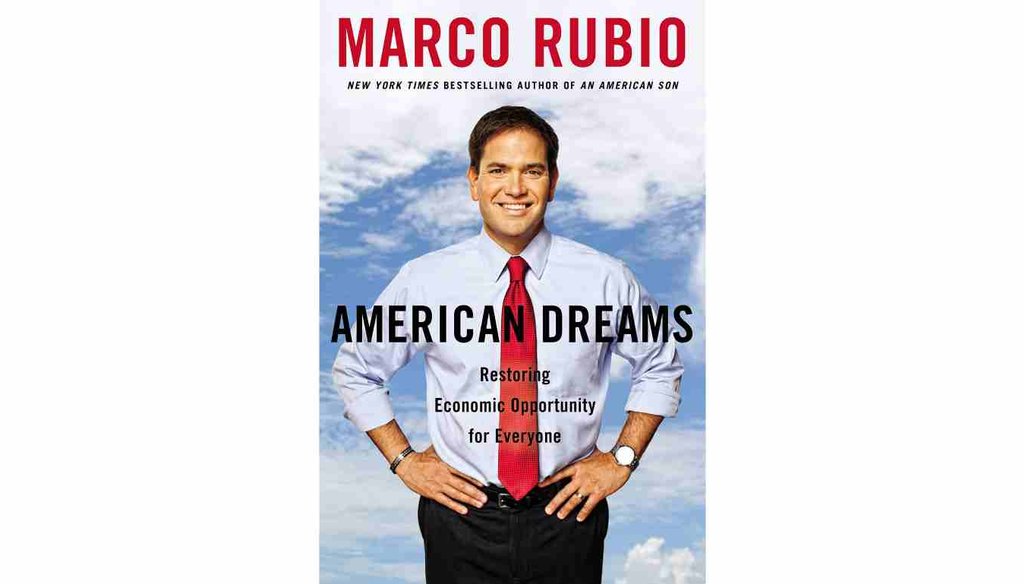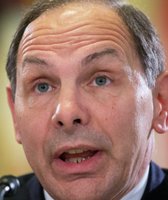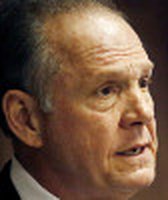Stand up for the facts!
Our only agenda is to publish the truth so you can be an informed participant in democracy.
We need your help.
I would like to contribute

U.S. Sen. Marco Rubio, R-Fla., released his new book on Jan. 13, 2015.
Sen. Marco Rubio’s new book, American Dreams, makes its appearance at a fascinating moment for the Republican Party. The GOP has just taken control of both chambers of Congress, and candidates like Jeb Bush and Mitt Romney are signaling their intentions for 2016 presidential runs.
Rubio, a potential presidential hopeful himself, argues in his book that now is the time for Republicans to talk about their own big ideas.
"Republicans haven't been creative or innovative enough in offering solutions," Rubio writes. "We have spent plenty of time opposing the president's agenda, but not nearly enough time applying our principles of limited government and free enterprise to the challenges of our time."
SUPPORT POLITIFACT'S KICKSTARTER TO LIVE FACT-CHECK THE 2015 STATE OF THE UNION.
The book is an aggregation of many of the ideas Rubio has rolled out since coming to Congress in 2010 on issues ranging from the American family and higher education to the economy and regulations. His proposals include allowing businesses to pay student college tuition in exchange for a percentage of their salary post-graduation; replacing federal poverty programs with grants to states for local programs; and means testing Social Security while eliminating the payroll tax for workers who reach retirement age.
Sign up for PolitiFact texts
There’s red meat, too, to appease conservatives who may have grown disillusioned with the young Republican’s last foray into policy: the stalled comprehensive immigration overhaul Rubio helped negotiate through the Senate in 2013. In the book, Rubio admits that was the wrong route and instead proposes a piecemeal approach to immigration reform.
Rubio is tough on President Barack Obama, the Affordable Care Act and government bureaucracy, all of which he blames for struggles facing Americans. And he takes some shots at Hillary Clinton, the presumed Democratic frontrunner for 2016, as well.
Beyond familiar criticisms of Obama, Rubio attempts to provide solutions, particularly for tough issues like poverty, healthcare and entitlements. At times he sounds surprisingly similar to progressive darling Sen. Elizabeth Warren, D-Mass., on the plight of the middle class, stagnant wages and a lack of upward mobility. He comes to much different conclusions than Warren, but it’s nonetheless a demonstration of his attempt at a populist appeal.
The underlying theme of the book is that liberals have created a system where low-income middle Americans have disincentives to work ranging from too many government regulations to welfare, using wonky statistics to make the case. PolitiFact decided to fact-check three claims from his remarks about poverty, higher education and regulation.
At the heart of his claims about poverty is the idea that the government, through programs like food stamps and welfare, disincentivize work.
"If (low-income) people work and make more money, they lose more in benefits than they would earn in salary," Rubio wrote.
Government benefits for low-income individuals and families come in many forms. These programs, reserved for poor people, tend to ramp down as income goes up, meaning the more money you make, the fewer benefits you receive. That can create cliffs that sometime lessen the value of increased earnings.
Economists look at these changes in benefits in terms of their impact on every additional dollar earned. When the impact is high, and a large chunk of the amount of every additional dollar earned goes to taxes or to offset a decrease in benefits, it can affect people’s desire to work more, said the Congressional Budget Office, the chief fiscal scorekeeper for lawmakers.
However, it’s still not accurate to say that the benefits lost outweigh additional salary earned.
There are some instances where that may be the case. But it’s rare. According to the Congressional Budget Office, less than one percent of low- and middle-class taxpayers would lose 80 cents or more of every additional dollar earned to pay higher taxes or offset lost benefits. Those most affected would be families earning close to the federal poverty level who are enrolled in multiple federal programs (the majority of low-income individuals are only enrolled in one).
More typical is that low-income individuals pay between 20 and 50 percent of their additional wages to taxes and to offset a decrease in benefits.
Further, the Earned Income Tax Credit and the Child Tax Credit actually increase benefits for very low earners with children the more money they make, so it is quite uncommon that someone would go from not working to working and lose more in benefits than they would gain in income.
We rated the statement Mostly False.
Rubio is also critical of the cost for students to receive a higher education these days, and opines on how prices increased. One culprit, he said, is the size of the college bureaucracy.
"One study," Rubio writes, "found the number of administrative employees at colleges and universities (think deputy assistant to the associate vice provost and gender equity administrators) has more than doubled over the last 25 years, outpacing the growth of students by more than two to one."
We looked into it, and it turns out Rubio is largely right. The study Rubio footnoted in his book found that from 1987 to 2012, the number of administrators and professional staff did, indeed, double and grew at twice the rate of the student population. Another researcher found similar results: From 1990 to 2012, the number of professional staff at four-year and two-year institutions rose by 91 percent at a time when enrollment rose by 43 percent.
But the positions Rubio singles out — provosts and high level administrators — are growing at a far slower pace. Most of the growth has come in positions that benefit students, such as career advisers, to take those roles away from professors so they can teach.
We rated the claim Mostly True.
Finally, Rubio doubled down on his support for the Keystone XL pipeline and questioned the regulatory barriers to building similar projects in other parts of the United States, including his home state of Florida.
"A private company is interested in building a natural gas pipeline into Florida," the book read. "But before it can even begin construction, it is being forced to spend months under the review of six federal agencies."
While we didn’t hear back from Rubio, we deduced that he was referring to the Sabal Trail Transmission expansion
We pulled the permits and checked to see how many federal agencies are involved in the oversight. We found five: Federal Energy Regulatory, U.S. Environmental Protection Agency, U.S. Army Corps of Engineers, U.S. Department of Interior’s Fish and Wildlife Service, and U.S. Department of Commerce’s National Oceanic and Atmospheric Administration and National Marine Fisheries Service. Additionally, the Department of Transportation has to okay the plans, and that makes six. And since there’s construction and other work involved, we’ll go ahead and tack on the U.S. Department of Labor’s Occupational Safety and Health Administration’s requirements, to give Rubio a smidge of extra credit.
Whether that’s too much regulation depends on your point of view, but on the facts, Rubio is right. We rated the statement True.
Our Sources
See fact-checks




















































